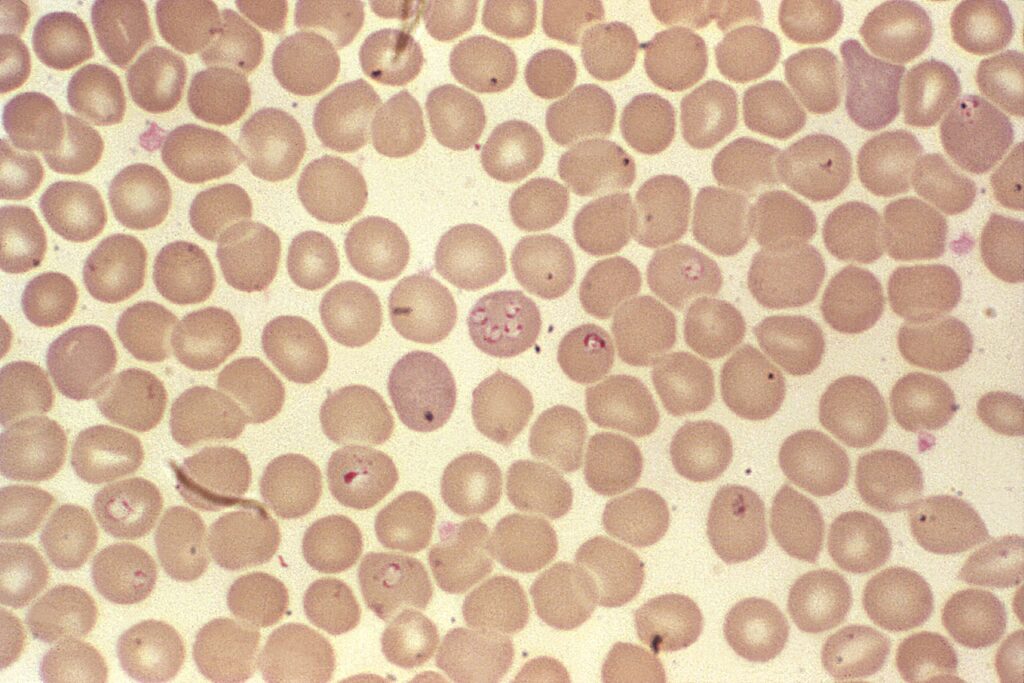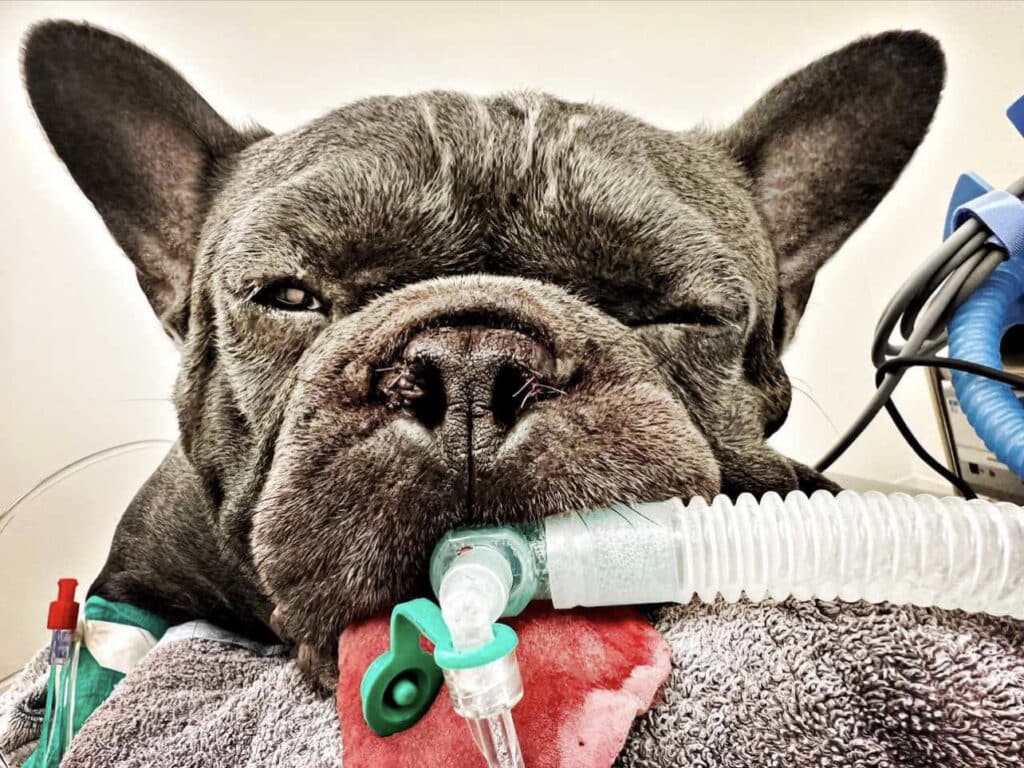Babesiosis in dogs
A walk in the forest or in the park can be a real danger for our dogs. Ticks lurk everywhere and can transmit the dangerous disease babesiosis. In this article, we take a close look at babesiosis in dogs, its symptoms, diagnosis, and treatment. Finally, we would like to answer all dog owners' most important questions on the subject and give tips for prevention.


